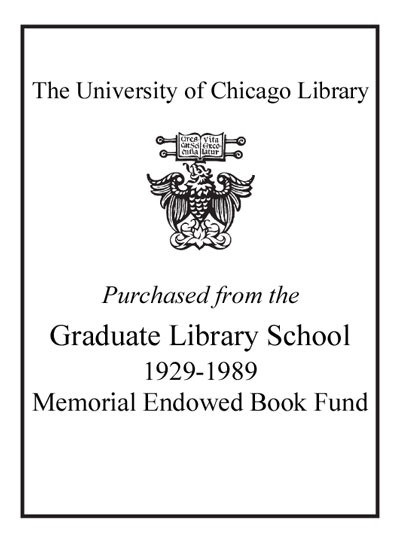The Lucknow omnibus.
Saved in:
| Imprint: | New Delhi ; New York : Oxford University Press, 2001. |
|---|---|
| Description: | viii, 299, xii, 284, xxxiii, 287 pages : illustrations ; 22 cm |
| Language: | English |
| Subject: | |
| Format: | Print Book |
| URL for this record: | http://pi.lib.uchicago.edu/1001/cat/bib/4660076 |
| Other uniform titles: | Sharar, ʻAbdulḥalīm, 1860-1926. Hindustān men̲ mashriqī tamaddun kā āk̲h̲irī namūnah. English. Llewellyn-Jones, Rosie. Fatal friendship. Oldenburg, Veena Talwar. Making of colonial Lucknow, 1856-1877. |
|---|---|
| ISBN: | 0195653297 9780195653298 |
| Notes: | Includes bibliographical references and indexes. |
| Summary: | "This omnibus brings together, for the first time, three well-known works on the history and culture of one of India's premier cities during colonial rule. Together they examine the complex relationship between the British and the Nawabi, which resulted in the legendary 'pomp and refinement' of Lucknow." "Lucknow: The Last Phase of an Oriental Culture by Abdul Halim Sharar (1860-1926) is the translation of a collection of essays which first appeared in the journal Dil Gudaz in Urdu from 1913 onwards. The essays describe the culture and way of life of the people of Lucknow during the nineteenth and early twentieth centuries. This classic work has long been recognized as the most authentic and circumstantial account of its subject." "In A Fatal Friendship: The Nawabs, the British and the City of Lucknow, Rosie Llewellyn-Jones examines the fascinating interaction between two cultures - the British and the Nawabi. Besides touching on the political aspects of Nawabi rule in the province of Oudh, the author discusses the ethos and architecture of Lucknow in its heydey: between the period of the first Nawab in the early eighteenth century, and the last Nawab who was deposed by the British in 1856." "The Making of Colonial Lucknow challenges conventional views about the extent of British intervention in India after the Mutiny. Veena Talwar Oldenburg contends that the supposedly neutral political, economic, and physical changes made in the city at that time constituted an aggressive attempt at controlling the population. Positing the reconstruction of Lucknow as a paradigm of urbanization in the mid-nineteenth century colonial setting, the author suggests that such changes continue to be accepted by Indian administrators even today." "Taken together, these three well-researched books provide different yet complimentary points of view on the history and culture of Lucknow at a time when the city and its court saw the late Mughal civilization reach the peak of its splendour and sophistication."--Jacket. |

Similar Items
-
Lucknow : the last phase of an oriental culture /
by: Sharar, ʻAbdulḥalīm, 1860-1926
Published: (1976) -
Vanishing culture of Lucknow /
by: Hasan, Amir, 1929-
Published: (1990) -
Palace culture of Lucknow /
by: Hasan, Amir, 1929-
Published: (1983) -
Lucknow, fire of grace : the story of its revolution, renaissance and the aftermath /
by: Misra, Amaresh
Published: (1998) -
Lucknow ki rachi basi tehzeeb : the making of a cultural mosaic /
Published: (2016)
